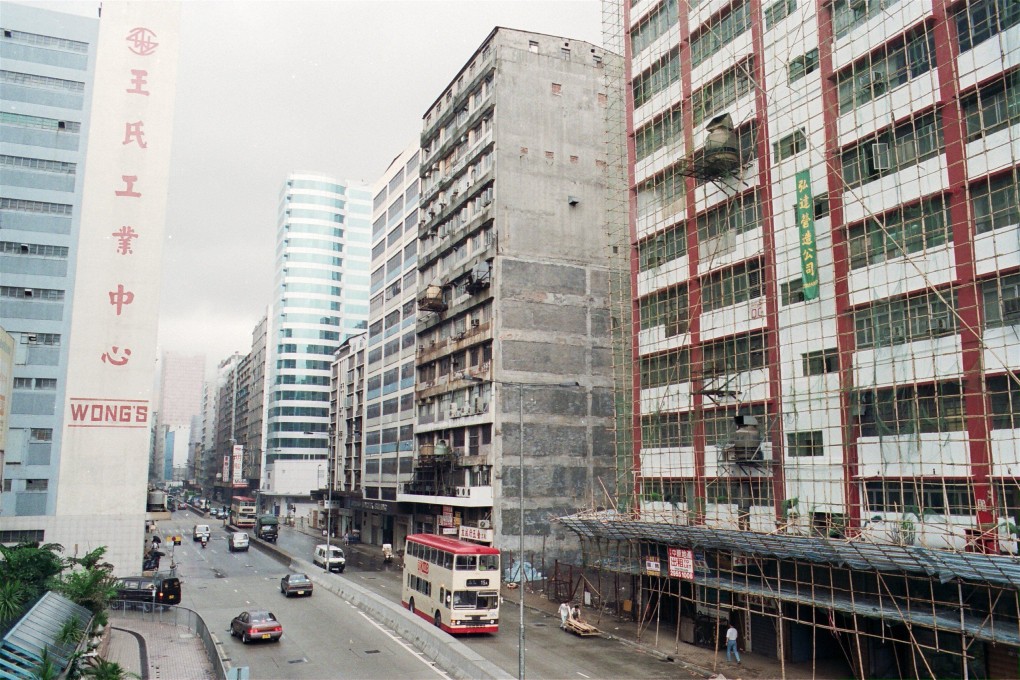Concrete Analysis | How rezoning of Hong Kong’s industrial sites for residential use could provide the city with homes it desperately needs
- There has been a steady effort to reinvigorate industrial areas that have suffered urban decay with office, retail and residential developments
- The government’s plan to upgrade industrial sites in Tsuen Wan, Sha Tin and Tung Tau in Yuen Long has the potential to provide more than 13,000 homes

After the second world war, manufacturing blossomed in Hong Kong and became the city’s main economic driver. By 1950, manufacturing powered the city’s growth financially and spurred the development of industrial areas for factories and residential areas with housing estates to accommodate the growing workforce. When China began its reforms and opened up in the 1980s, they began to drift northwards in search of lower overheads, leaving Hong Kong with numerous unused industrial buildings and sites.

Previously, it was incumbent on the developer to, among other things, apply to change the site’s permitted use from industrial to commercial or residential. But that hurdle at least might fade if the government’s plan of upgrading industrial sites, even though there is no current application to do so, is passed. At the moment, however, the plan only covers specific industrial sites, which have the combined potential to provide more than 13,000 homes.
The areas covered are:
In Tsuen Wan, SHKP kicked off proceedings with their rezoning application. That development and nearby industrial sites, with a potential combined gross floor average of about 700,000 square feet could provide 1,330 homes. Tsuen Wan went from being a satellite town in the 1950s to a bustling city on reclaimed land that includes SHKP’s massive 20-tower private estate, Tsuen Wan Centre.
In Siu Lek Yuen, Sha Tin, the release of 7.48 hectares (18.2 acres) of land could be turned into roughly 6,100 homes. Siu Lek Yuen was reclaimed for industrial purposes in Sha Tin New Town, which was developed in the 1970s. As part of the New Town, Siu Lek Yuen underwent profound changes over the years to add public and private housing estates and factories. This is the most extensive area under consideration.
In Fo Tan, Sha Tin, which used to be a light industrial area, industrial conversions are likely to offer a gross floor area of about 2.6 million sq ft, which can add roughly 4,700 homes.
.png?itok=zrWaxB-a)